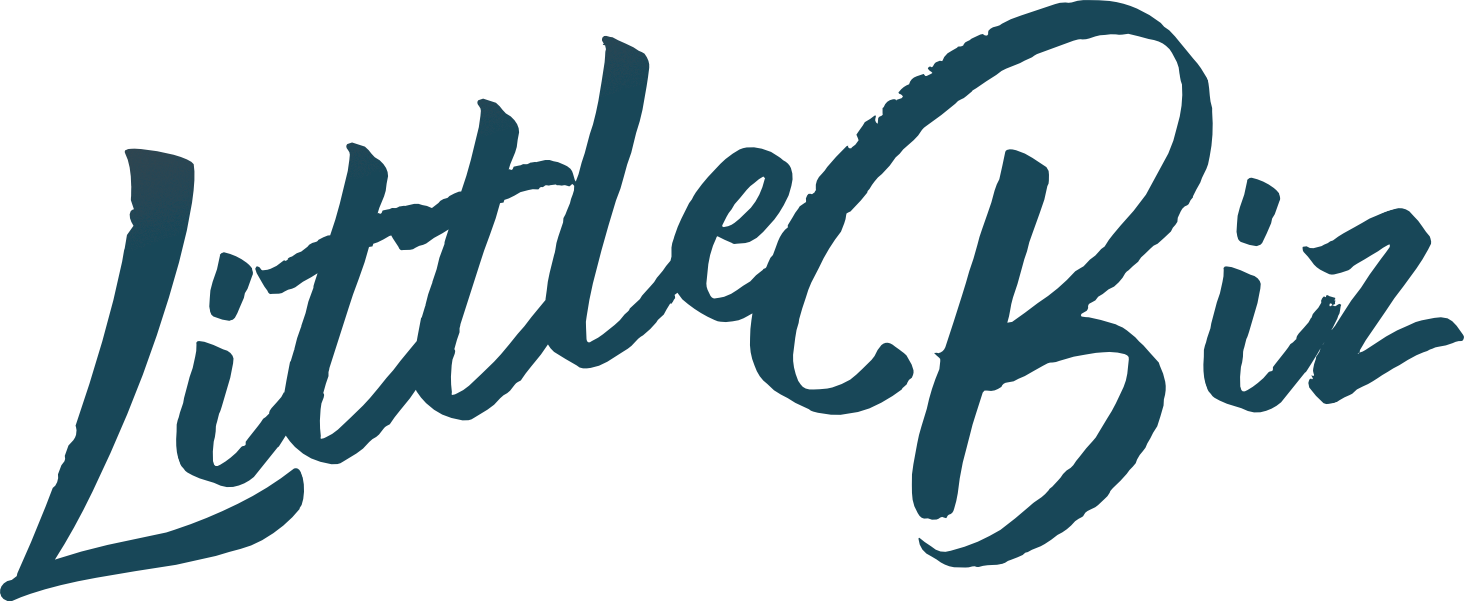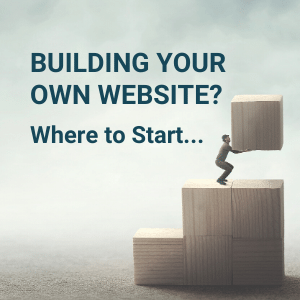You want to build your own website, but not quire sure where to start? You are in luck because I love building websites, and I love helping little biz owners learn as much as they can about building their own business themselves.
I am going to assume that you already have a product or service in mind before you make the decision to build your own website. If you are still mulling over what to do, then perhaps put off building a website right now and instead spend that time seriously considering what you are passionate about, what you can sell, and what you want to achieve with your new biz and website.
First thing first. What do you actually want to achieve with your website?
- Do you want a brochure type website (one or two pages) or a full blown website with many pages?
- What sort of content will you be putting on your website?
- Will you be selling anything on your website (online shop)?
- Do you want people to contact you directly through your website via a simple or complex form, or do you just want to give them your details to contact you outside of your website?
- Do you want to set up a customer journey with automated emails or email newsletters?
- Will you be requiring a course platform where your users can log in and do coursework?
- Will you be using a blog on your website (highly recommended!).
Starting off having a clear picture of what you want out of your website will help you when you get to planning the layout of your website, and the journey for your customer from your home page (or a landing page) through to your desired outcome (purchasing or sending a contact form).
Planning your website layout.
There will be many people who have many different opinions on the best layout of a website – but the best layout of a website will be determined by who your website users will be. What expectations will they have for your website, and what limitations might they have?
As an example of how this applies: If you have a website specifically for primary school aged children you will need a very simple layout and simple minimal navigation will be required. If you have a website that has many paths and options, like a directory, you will need several navigation options so the user is able to navigate the site easily.
When building any website DO NOT build your website with the google search engines at the forefront of your mind, always build it with your user in mind. In the long run this will actually help your google search results, but you can find more about that in other posts focused on SEO = search engine optimization.
Website Flow: your need a plan on how your website will flow, taking your website user on a journey from discovering your website, learning about what you do, through to the desired outcome. You will need to know what each step of the way will be, and how will you transition them to the next step? I find it is easy to do brainstorming for this with a flow chart, or you can use A5 pieces of paper as your ‘web pages’ and determine how the user will flow from one page to the next.
Content for your website
Now you have thought about your layout, you will need to consider your website content, which is a mix of copy (words), images and videos. If you have copy already, fab! If you don’t have your copy yet – do not engage someone to write your copy for you until you are clear on who your users are. You will need to know who they are and how they speak and where they are so that you can write your content for them.
A good tip for building your own website is to pay attention to other peoples websites. Look at what they are doing, how they are writing, what sort of photos and videos they are using and what looks great. Another good thing is that you can see where things don’t work so well so you can avoid falling into that trap.
If you find a website you particularly love, there will be a reason for it. Copy the website address down and make some notes about what you like about it. I find this process helps my creativity and also helps give you some direction when you are starting your design process – BUT – never duplicate anyone’s work when building your own website! You can take inspiration, but a direct copy is a huge no-no!
Make the target customer / website user the focus
I work with many micro and small businesses, and a mistake I see time and time again (I may have also fallen into this trap in my early days) is that many businesses do all their marketing to suit themselves and their own personal tastes. All the website copy, marketing and branding needs to speak to your target market, and unless you are your target market, then you will need to put some work in to discover who your target market is so you can market directly to them.
Remember that you need to find a way to market yourself that is different to what everyone else in your market is doing. Remember that you bring that point of difference, your own uniqueness that comes with your own journey, personality and skills and talents. Don’t forget that you are the one who sets the personality and tone of your business.
Also, forget the old customer types of Business to Business marketing and Business to Consumer marketing. Nowadays it is all about person to person marketing – capture the attention of the one that makes the purchasing decisions, then you have a foot in the door.
If you find that you are struggling with working out your uniqueness, we run Little Biz Foundations Workshops. This workshop series helps you discover and document your small business foundations: Your Business, Your Customers, Branding & Mindset, Marketing and Planning to Grow.

